If you’ve ever wondered how to make tahini at home, this simple recipe shows you exactly how to turn sesame seeds into smooth, creamy tahini in just a few minutes.
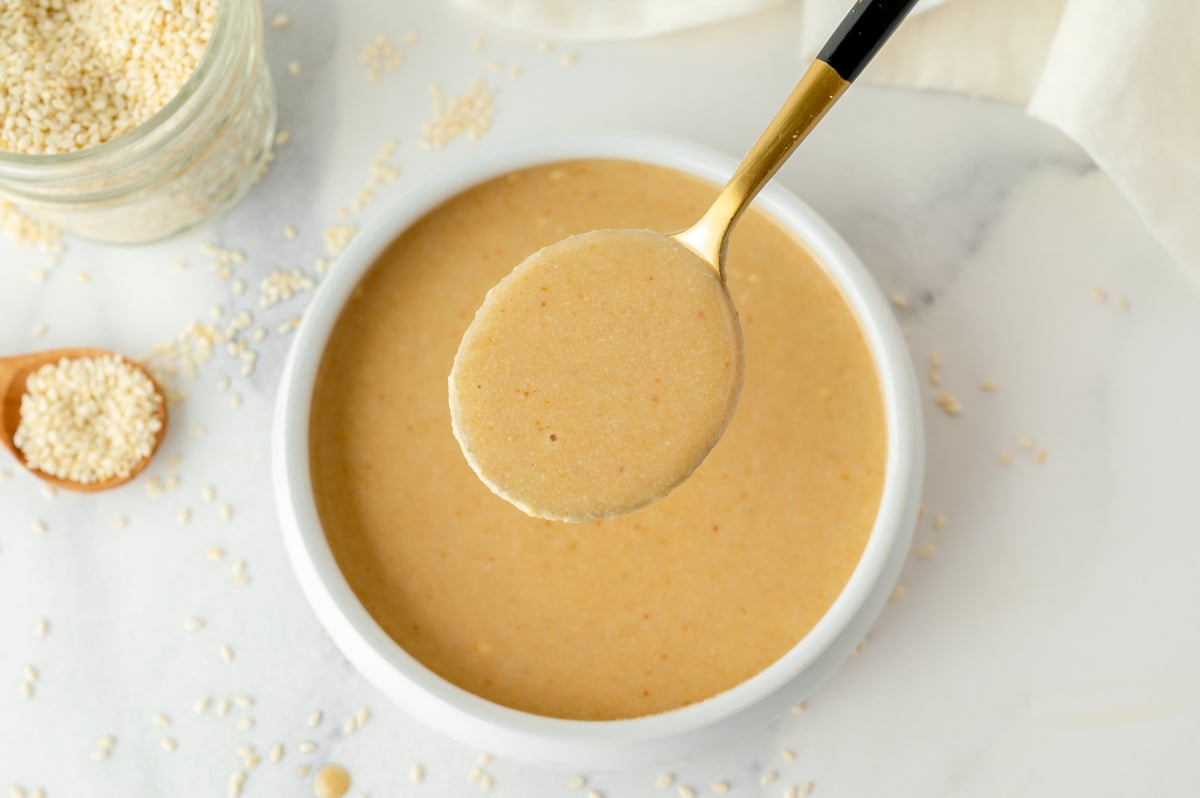
Homemade tahini is fresher, more flavorful, and often more affordable than store-bought jars, and you only need a few ingredients: sesame seeds, a nuetral oil of choice and salt. Once you’ve mastered the basics, you can use your tahini in hummus, dressings, sauces, and countless Middle Eastern and Mediterranean dishes.
What Is Tahini?
Tahini is a ground or pureed mixture of hulled sesame seeds with olive oil and is often described as peanut butter in terms of how it looks. If we are being honest here, think of it just like you would almond butter or cashew butter. Just a different nut or seed being ground into a velvety paste.
It is commonly seen in Middle Eastern cuisines and Mediterranean cuisines. It is what gives hummus recipes body and velvety texture, it gives baba ghanoush (baba ganoush) a boost, it is used in ice cream flavors, it can be incorporated in salad dressings, and it is great in marinades.
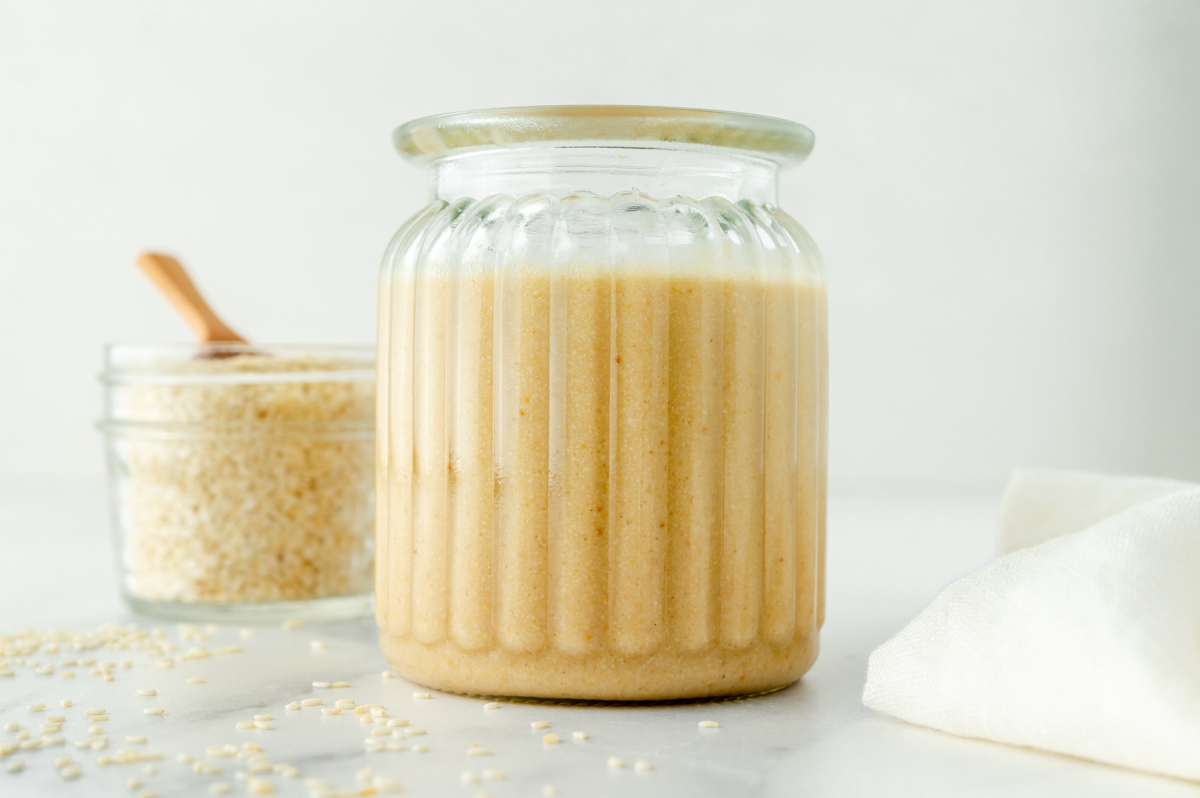
Roasting vs Raw Sesame Seeds
When deciding whether to roast or use raw sesame seeds for making sesame paste, the choice comes down to taste, color, texture, cost, and time. Roasted sesame seeds create a nutty, deeper flavor and a slightly darker color, while raw sesame seeds produce a milder, more delicate tahini with a lighter appearance.
Roasting also helps the seeds release their natural oils more easily, giving tahini a smoother, creamier texture with less added oil. However, skipping the roasting step saves time and keeps costs lower since you don’t need extra energy or equipment. You can often purchase toasted sesame seeds in the spice and baking aisle, but they are a little more expensive than the raw, hulled version.
| Factor | Roasted Sesame Seeds | Raw Sesame Seeds |
|---|---|---|
| Taste | Bold, nutty, and slightly smoky flavor | Mild, delicate, and more neutral flavor |
| Color | Darker, golden-beige tahini | Lighter, pale cream tahini |
| Texture | Creamier, smoother (oils release more easily) | Slightly thicker or grainier unless blended longer |
| Cost | Slightly higher (extra energy/time to roast) | Lower (no roasting step needed) |
| Time | Takes additional 5–10 minutes to roast | Faster, ready to blend immediately |
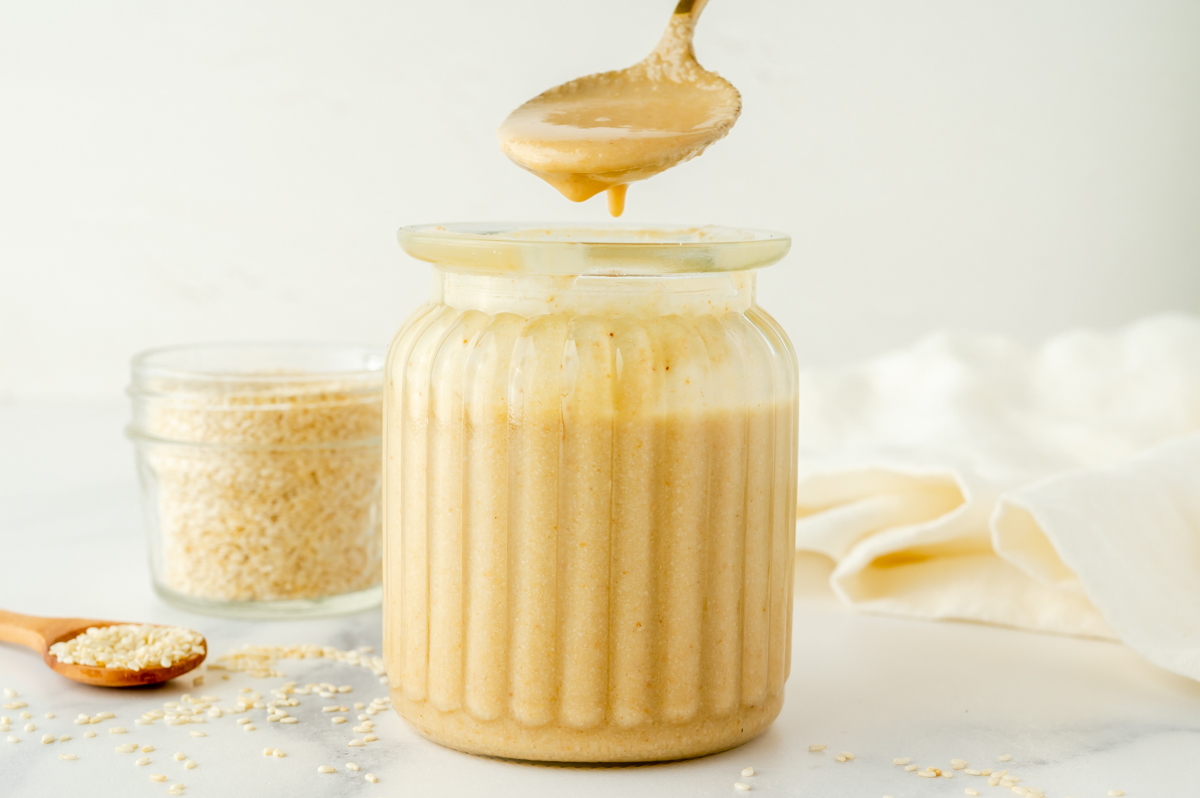
How to Roast Sesame Seeds for Tahini (Step-by-Step)
- Choose your method – You can roast sesame seeds on the stovetop in a skillet or in the oven. Both bring out a rich, nutty, toasted flavor perfect for homemade tahini.
- Measure and spread – Place the raw sesame seeds in a single layer. For the stovetop, use a dry, wide skillet so you have a good amount of surface space; for the oven, use a parchment-lined rimmed baking sheet.
- Apply gentle heat –
- Stovetop: Cook over low-medium heat for 5–7 minutes, stirring or shaking the pan frequently.
- Oven: Bake at 350°F for 8–10 minutes, stirring or flipping once or twice.
- Watch for signs – Seeds should turn golden and fragrant. They can burn quickly, so keep a close eye on them. Burnt seeds are bitter, they’ll need to be discarded and you’ll have to start again.
- Cool before blending – Let the roasted seeds rest for 5 minutes before processing. This helps them release oils evenly and prevents bitter flavors.
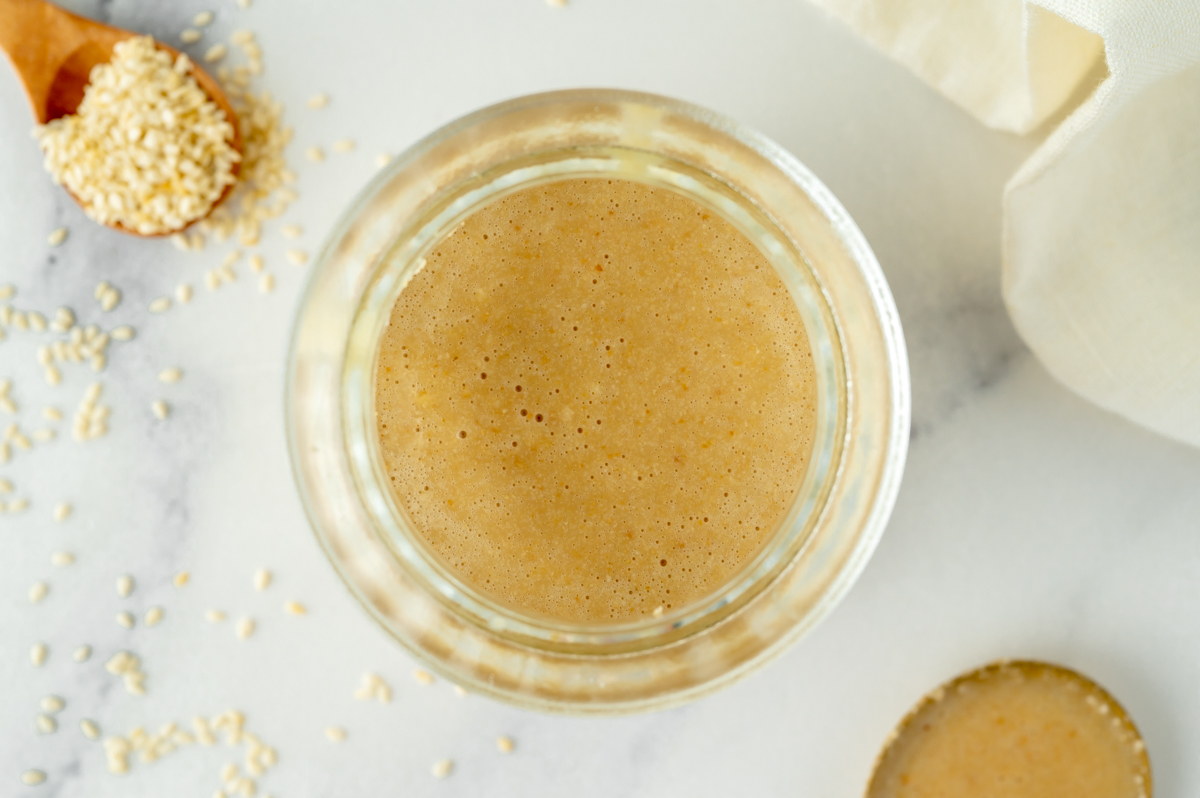
What You’ll Need
You can easily buy a jar of store-bought tahini, but it is often other ingredients that simply aren’t necessary. That is why making it at home is so glorious! These are the only ingredients you will need to make homemade tahini.
- Sesame Seeds- I’ve tested several kinds of sesame seeds and feel that white are best for this recipe, although black can add an unexpected color. They are more of a blank canvas, making them versatile for many different recipes.
- Neutral Oil- Avocado, canola and grapeseed are good choices. Smoke point isn’t important, but flavor is. Using sesame oil will be overwhelming, but now you can control the amount of oil as well as the flavor profile.
- Pinch of Salt– Salt helps to brighten and amplify flavors and serves as a natural preservative. It is optional and can be omitted if you choose.
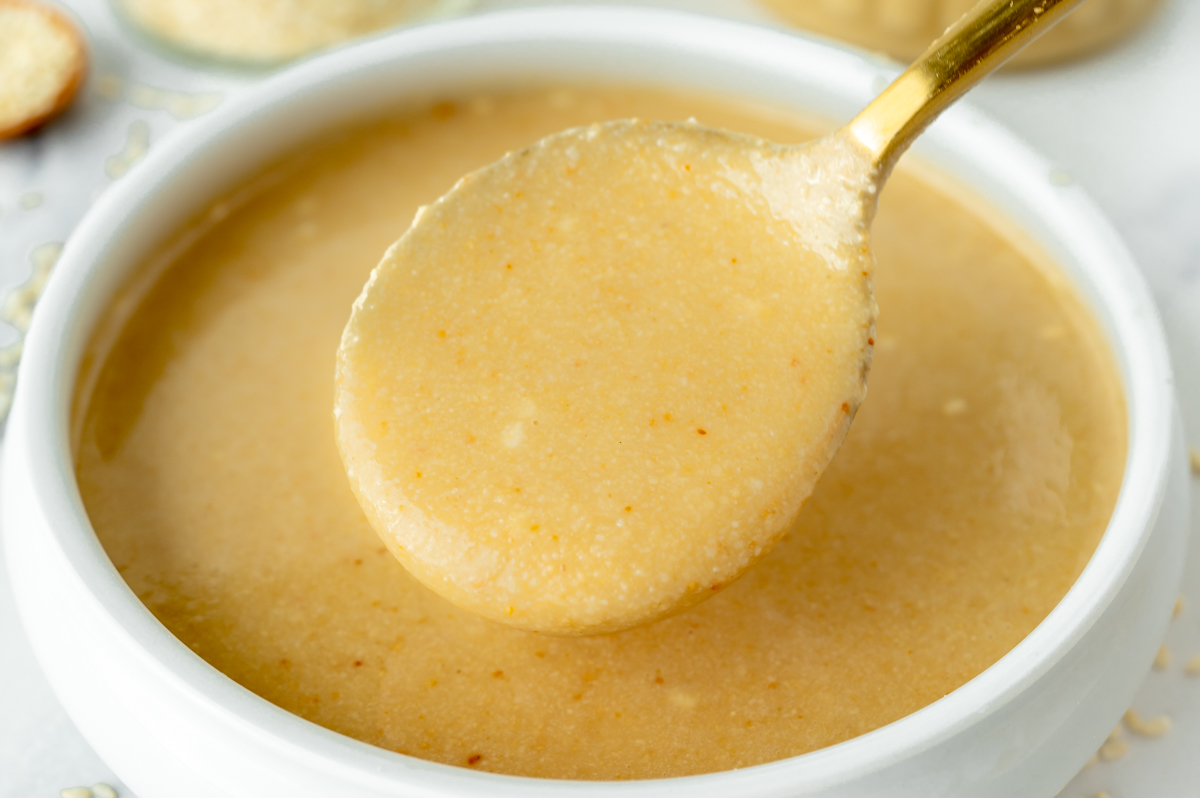
Variations
This homemade tahini sauce recipe is a great base — you can add lots of other ingredients to adjust the flavor!
- Lemon – Squeeze in a little bit of lemon juice to add a citrusy flavor to the sauce.
- Garlic – Blend in minced fresh garlic cloves or garlic powder.
- Spices – Try shaking in some cumin or cayenne pepper powder for an extra layer of flavor.
- Thickness – For a thinner consistency, whisk in a bit of water or add more oil.
- Sweetener – Agave, honey, or maple syrup can add sweetness to the sauce.
- Fresh Herbs – Make a green tahini sauce by adding fresh parsley, cilantro, mint, basil, or dill. Or use them as a garnish when serving.
- Oil – Use sesame oil to add even more nuttiness to the sauce. Or, use extra virgin olive oil for subtle floral undertones.
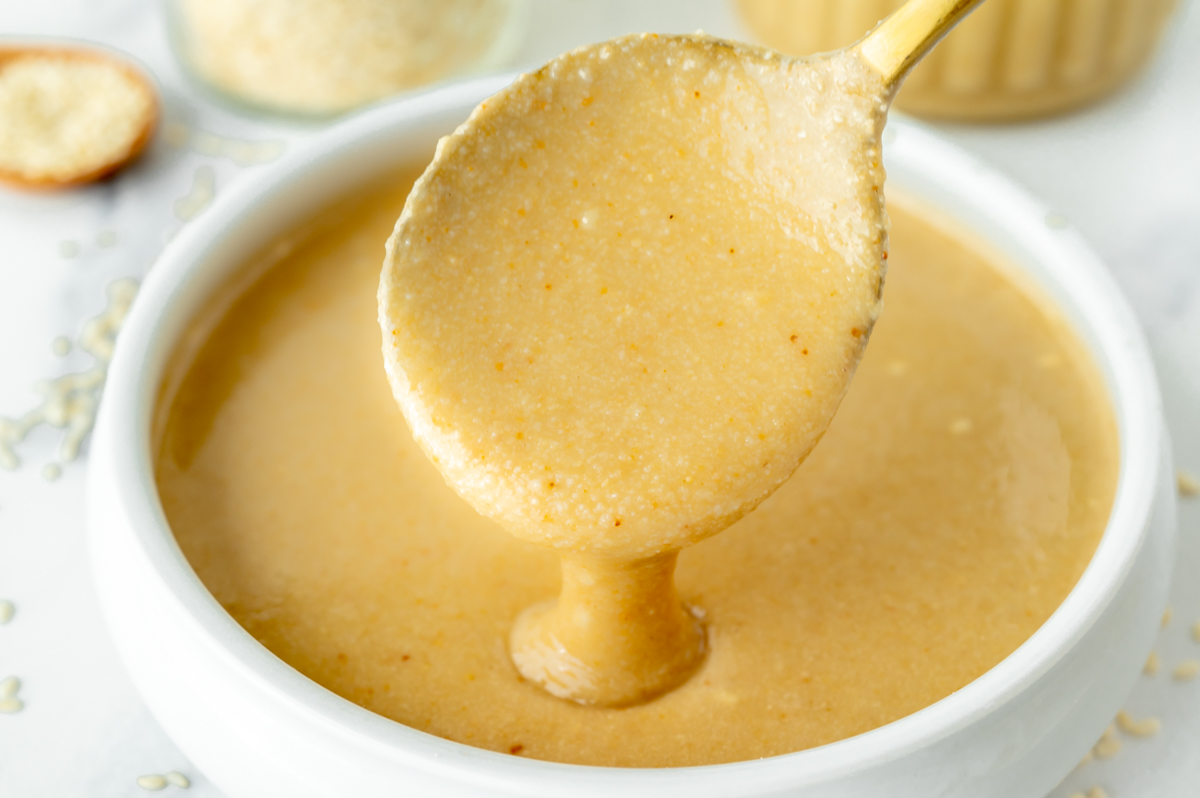
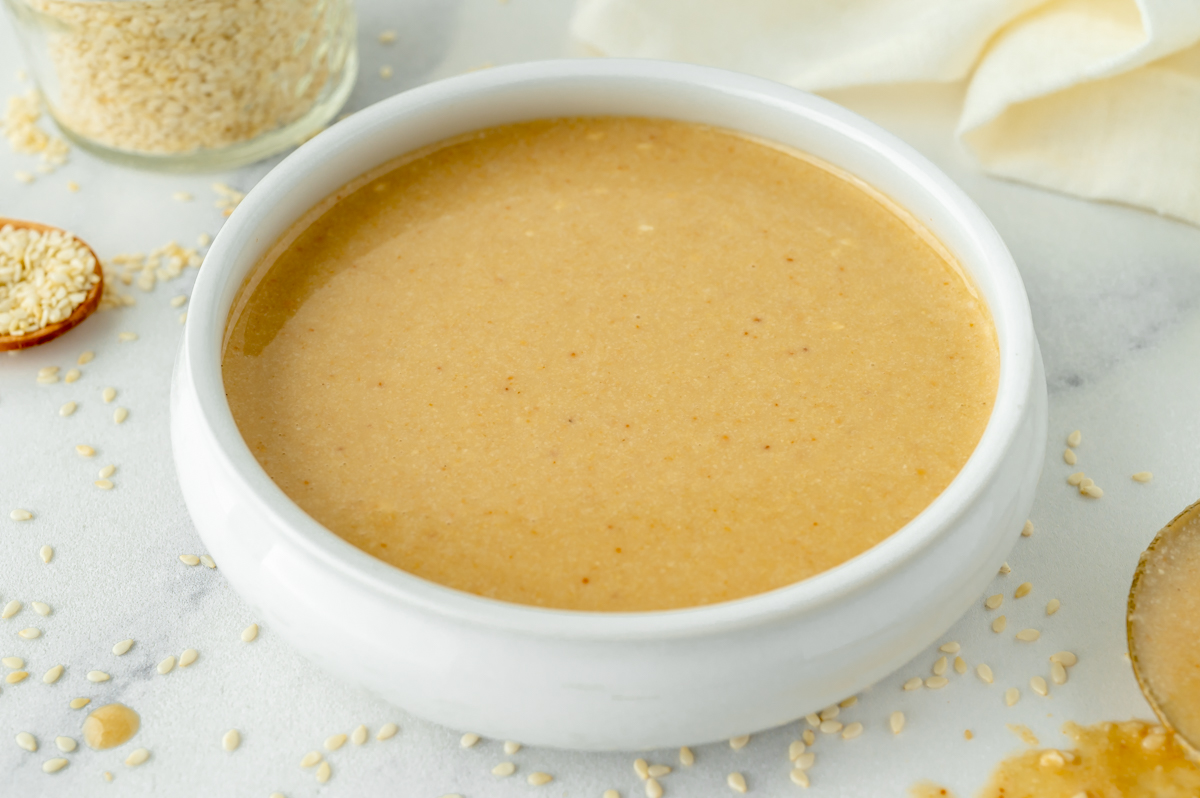
How to Make Homemade Tahini
This easy tahini sauce is a cinch to make. Just put your oven to work for a few minutes to toast the seeds before you let your food processor finish the job!
- Toast the seeds. Preheat the oven and line a baking sheet with parchment paper. Spread the sesame seeds into an even layer on the parchment and bake. Toasting sesame seeds (any seed or nut) deepens the flavor.
- Remove and cool. As soon as they have a light brown exterior, take them out of the oven. Keep in mind they will continue to get darker if left on the hot baking sheet after you take them out, so I recommend letting them cool on a different plate or surface. Sesame seeds can easily get too dark and in turn, bitter and it happens fast!
- Blend. Once completely cooled, put your toasted sesame seeds and oil and salt in a food processor (or high speed blender), and blend until smooth, scraping down the sides of the food processor in the process. If it needs more oil, add it slowly blending in between each addition. I like to use olive oil, but other neutral oils work too. Avocado oil and grapeseed oil are close seconds.
- Store. Scoop the finished sesame seed paste into an airtight container and keep in the fridge. You may need to give it a good stir before each use much like you would with natural peanut butter, it has the tendency to separate.
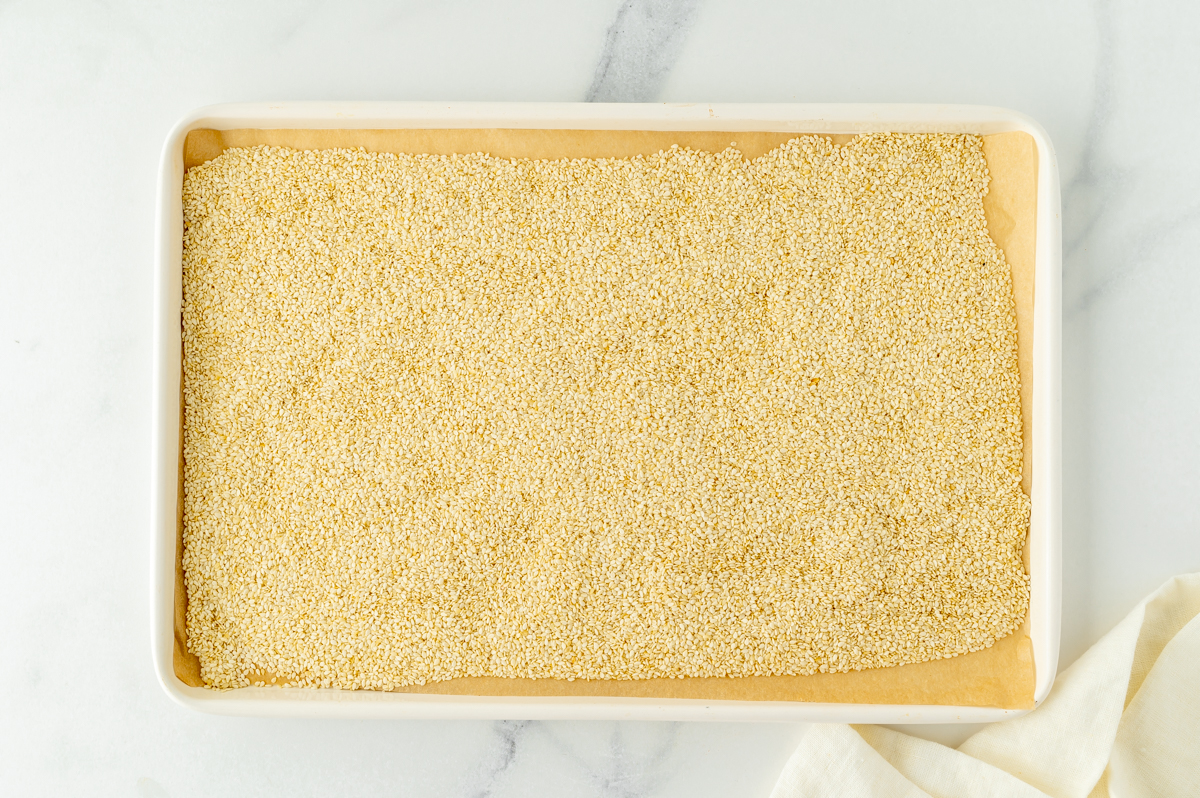
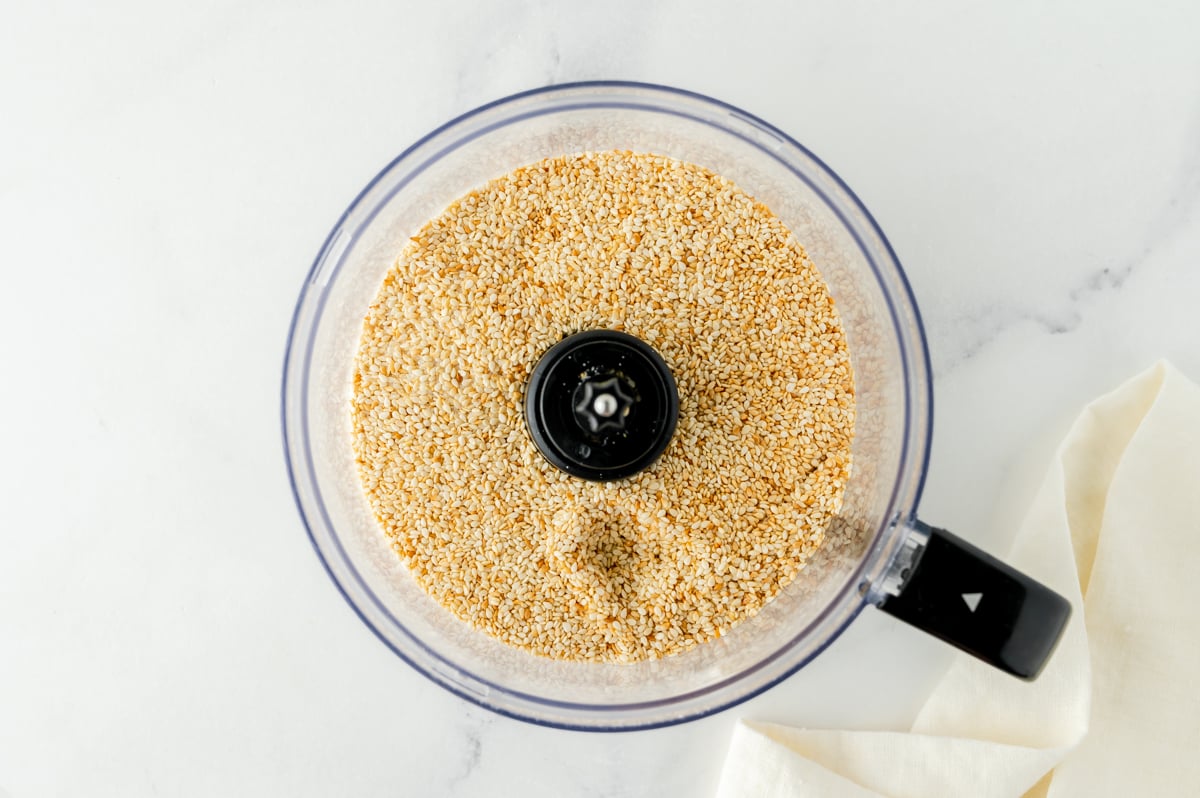
Uses for Tahini
Homemade tahini sauce is a fantastic condiment that pairs perfectly with all sorts of proteins like chicken, beef, and lamb. It’s also a tasty spread for sandwiches and burgers and it’s an amazing addition to gyros, shawarma, kebabs, and falafel. You can also use it to make baked goods like brownies.
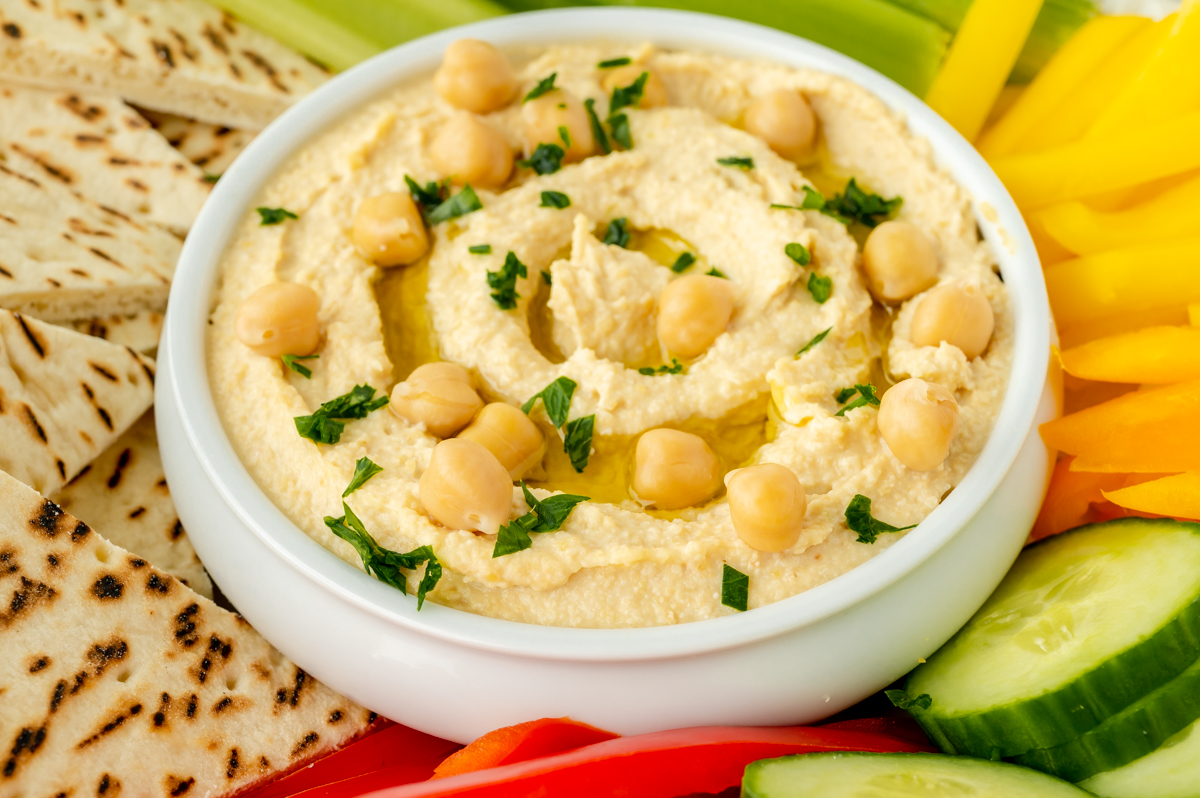
FAQs About How to Make Tahini
Bitterness often comes from over-roasting the sesame seeds or using seeds that are old or rancid. Use fresh, high-quality sesame seeds and roast gently.
First, use a good, quality food processor. Blend longer and scrape the sides of your food processor often. Adding a small amount of neutral oil (like grapeseed or light olive oil) also helps achieve a smooth texture.
Fresh sesame seeds should taste mild, nutty, and slightly sweet and smell the same way. If they taste sharp, unpleasant, or leave a lingering bitterness, the seeds may be old or rancid. Give them a quick smell and you should have your answer.
Homemade Tahini Recipe
Ingredients
- 2 cups white sesame seeds
- 1-2 tablespoons neutral oil (avocado oil, grapeseed oil, canola oil)
- 1/8 teaspoon fine sea salt
Instructions
- Preheat the oven to 375°F. Line a baking sheet with parchment paper. Spread the 2 cups white sesame seeds into an even layer on the parchment and bake for 10 minutes or so.
- As soon as they have a light brown exterior, take them out of the oven and transfer to a plate to cool.
- Once completely cooled, put the toasted sesame seeds and 1 tablespoon of the oil and 1/8 teaspoon fine sea salt in a food processor, and blend until smooth. If it needs more oil, add it by the ½ tablespoon blending in between each addition.
- Scoop the finished tahini into an airtight container and keep in the fridge for 3-4 weeks. You may need to give it a good stir before each use much like you would with natural peanut butter, it has the tendency to separate.
- If you've tried this recipe, come back and let us know how it was in the comments and ratings!
Video
Notes
How to Store Tahini
Storing homemade tahini is like storing any other nut butter. A cool place out of the sun is ideal. Transfer the sauce to a mason jar or airtight container and store for 3-4 weeks.Can I Freeze Tahini?
Place the sauce in a freezer-safe container or a resealable freezer bag and store it for up to 3 months. If you want to store it in small portions, you can also freeze it in an ice cube tray.Nutrition
More Homemade Sauce Recipes
If you know mw, you know how much a good sauce. Here are some of my favorites that I know you’ll love too!
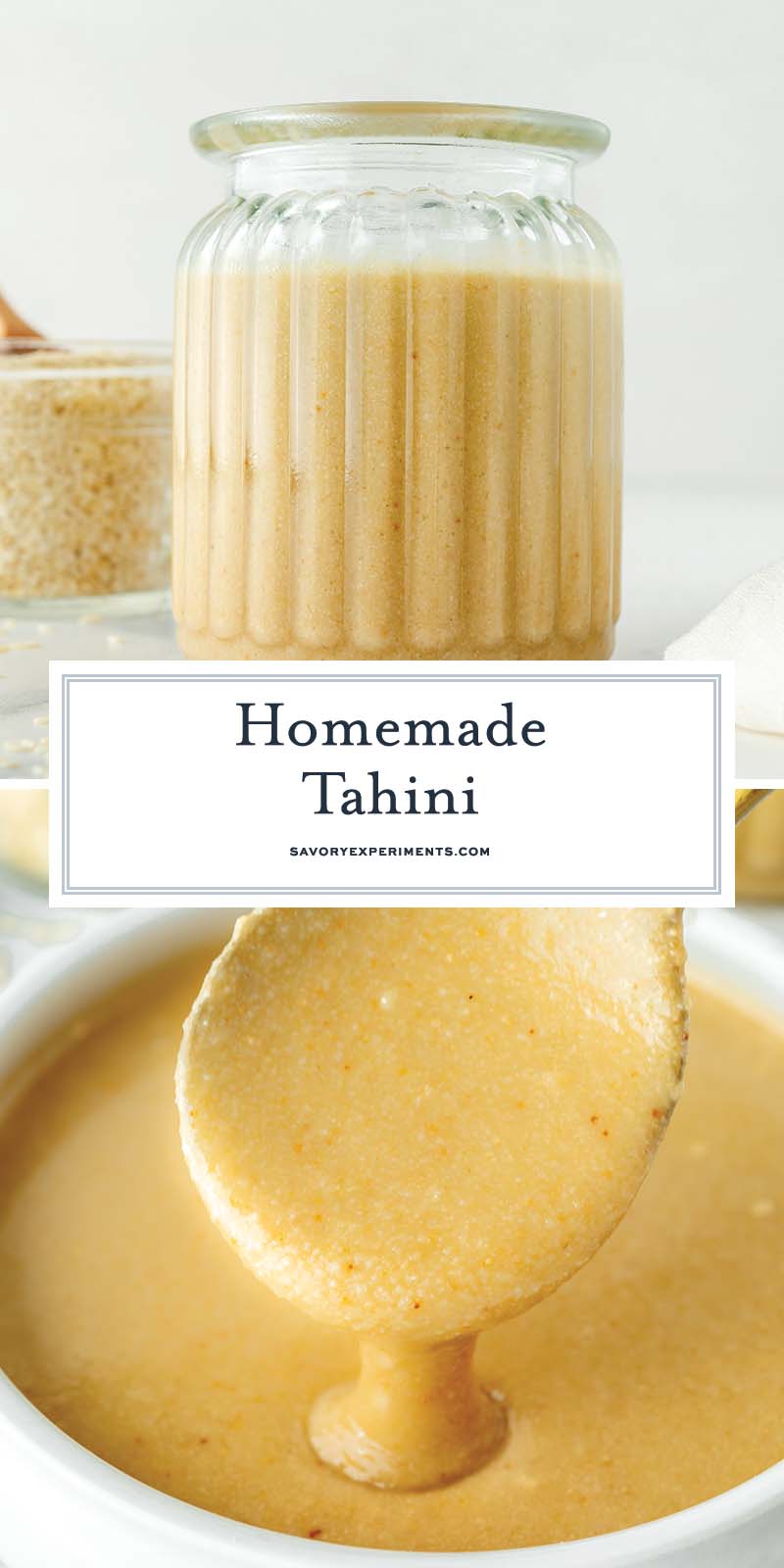

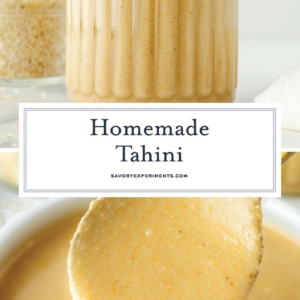
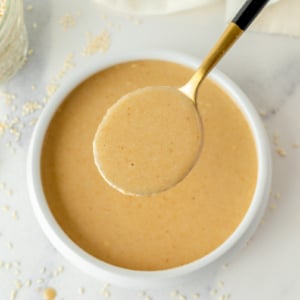

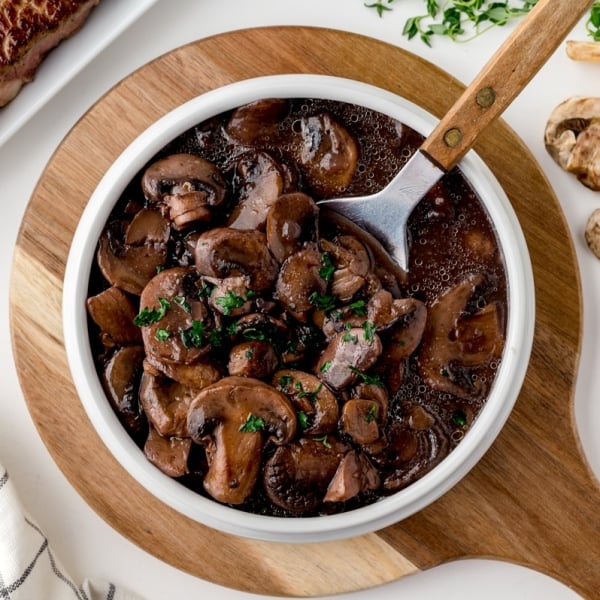
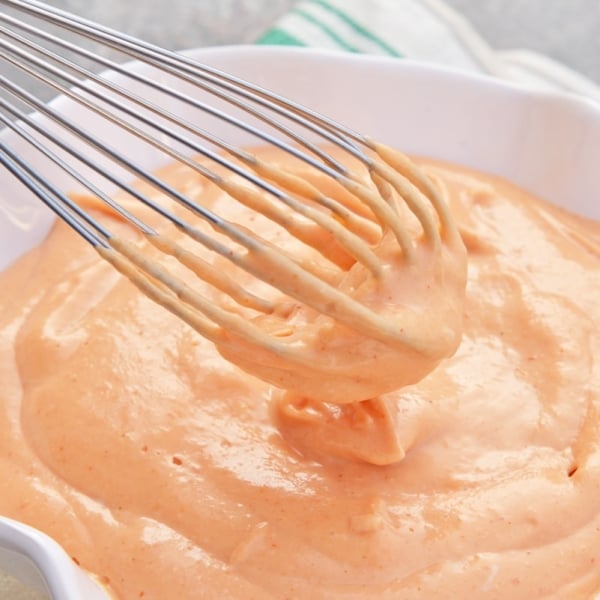




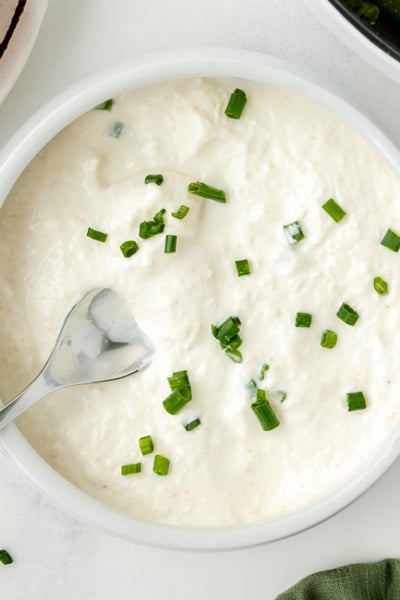



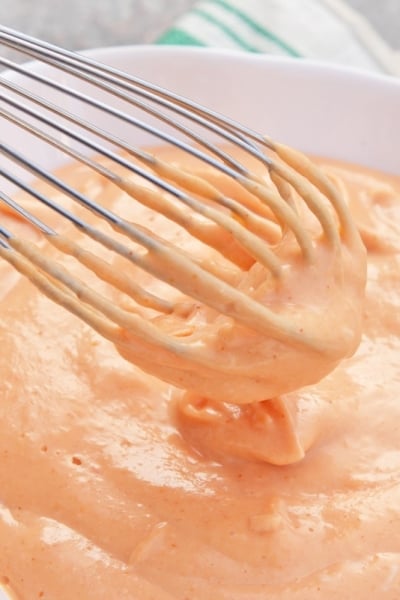
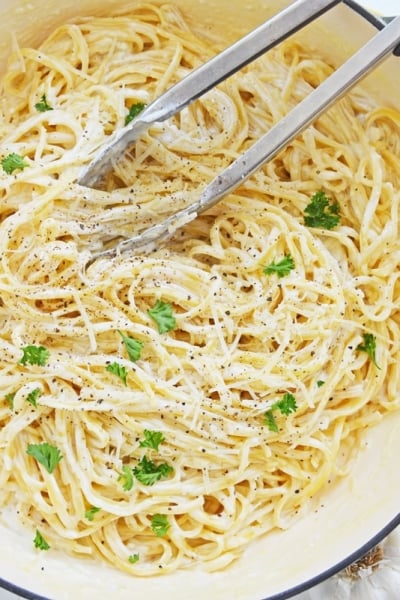








I have no idea what is this but It got my attention. It looks good though and I want to try experimenting doing this!
This is the first time I’ve heard fo tahini. I loved learning more about what tahini is, glad you shared this info. I’ll have to give it a try.
I LOVE Tahini. And Hummus, and baba ganoush…..LOL. But it’s really good, I’ll try your style 🙂
I didn’t know it had so many health benefits! Good to know. Thanks for all the info!
This sounds like a really interesting recipe – I have to admit I’ve not had Tahini before and I can’t imagine what it is like, which of course means I need to try it!
I’ve never tried Tahini before, but I love all nuts and seeds. I know I’m going to love this.
I use tahini for hummus but I have never made my own. Thanks for the recipe!
Homemade is so much better!
My daughter absolutely loves tahini! She uses it in so many recipes. Now we can make our own at home!
This looks interesting and I can’t wait to give this a try!
I’m super excited to be able to make my own tahini. Thanks for the easy recipe!!